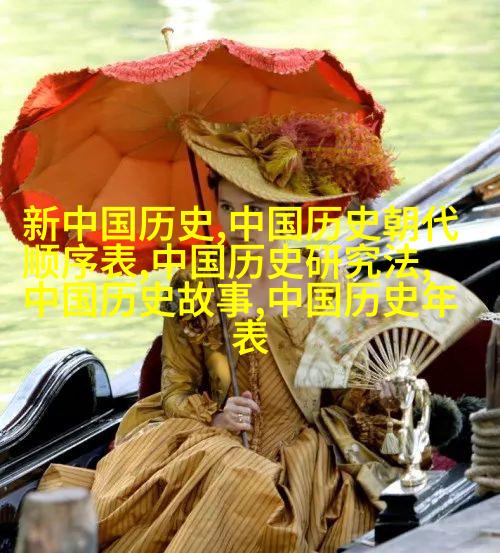
秦汉盛世帝国统一与法治建设
在中国悠久的历史长河中,秦汉时期无疑是国家统一和法治建设的一个重要篇章。从春秋战国到秦朝的建立,再到汉朝的繁荣,这段时间里,中国社会经历了从分裂到统一,从战乱到和平,从多元文化融合到形成民族特色的转变。以下,我们将详细探讨这两个伟大的朝代如何塑造了中华文明。

秦始皇统一六国
随着春秋末年和战国初年的不断战争,诸侯之间争霸斗争愈发激烈。在这样的背景下,各个国家相继衰败,而强大的楚、齐、燕等大国也开始崩溃。这为一个新的强有力的中央集权政体提供了条件。最终,在公元前221年,嬴政(即秦始皇)完成了一次空前的政治变革——他废除了封建制度,将六国并入一个中央集权的帝国,即“周天子”之名下的“中国”,使得整个华夏大地实现了第一次真正意义上的政治联合。

法律体系的建立
作为对古代社会的一次重大改革,秦始皇不仅推行了一系列经济政策,如铸币、度量衡标准化,还制定了一套严格而完备的法律体系。这套法律被称作《九章刑律》和《五典》,其中包括了对犯罪行为以及处罚措施的一系列规定。这标志着中国历史上第一次出现具有普遍性、系统性的法律规范,为后来的法治建设奠定了基础。

道路网工程与管理
为了加强对全国各地的控制力度,并提高信息传递效率,秦始皇实施了一项规模宏大的道路网工程。他命令修筑许多新路线,并改善现有的交通线路,使得不同地区间的人员物资运输更加便捷。此举不仅促进了商品流通,也增强了政府对于边疆地区及内陆地区的控制能力,有助于维护国家安全。

汉武帝时期:文化复兴与外交扩张
到了西汉初年,即公元前140年代左右,由于长期征伐导致军费巨大,加之内忧外患,不断削弱中央集权。而到了东汉中叶,以光武帝刘秀重新确立稳定的中央集权,是另一次重要转折点。在他的领导下,他通过重用人才,如孔子的弟子郑玄,以及恢复儒学教育,对儒家思想进行整理再创造,为后来几百年的文化复兴打下坚实基础。同时,他还采取开放态度,对外发展良好的关系,比如以平等互利为原则,与匈奴签订《匈奴单于庭盟》,停止北边战争,从而使得国家获得休养生息的大好局面。

总结
Qin Han period is a significant chapter in Chinese history, marked by the establishment of a centralized empire and the development of legal systems. The unification of China under the rule of Emperor Qin Shi Huangdi laid the foundation for a more stable political environment, while his implementation of standardized weights and measures, as well as laws, contributed to the growth of trade and commerce. The reigns of Emperor Wu during the Han Dynasty saw an emphasis on education and culture, with scholars such as Zheng Xuan playing important roles in promoting Confucian thought. This period also witnessed diplomatic efforts aimed at maintaining peace along China's borders.
The legacy left by these two dynasties has had lasting impacts on Chinese society and politics. Their contributions include laying down basic principles for governance, fostering economic growth through infrastructure development, expanding cultural influences through education reformations, strengthening national unity through diplomacy strategies all these factors have shaped China into what it is today - an economically thriving nation with a rich cultural heritage that continues to inspire generations worldwide.
In conclusion this chapter in Chinese history serves as an example where political stability can be achieved through strategic reforms leading to long-term prosperity rather than temporary victories which are quickly lost upon changing circumstances.



